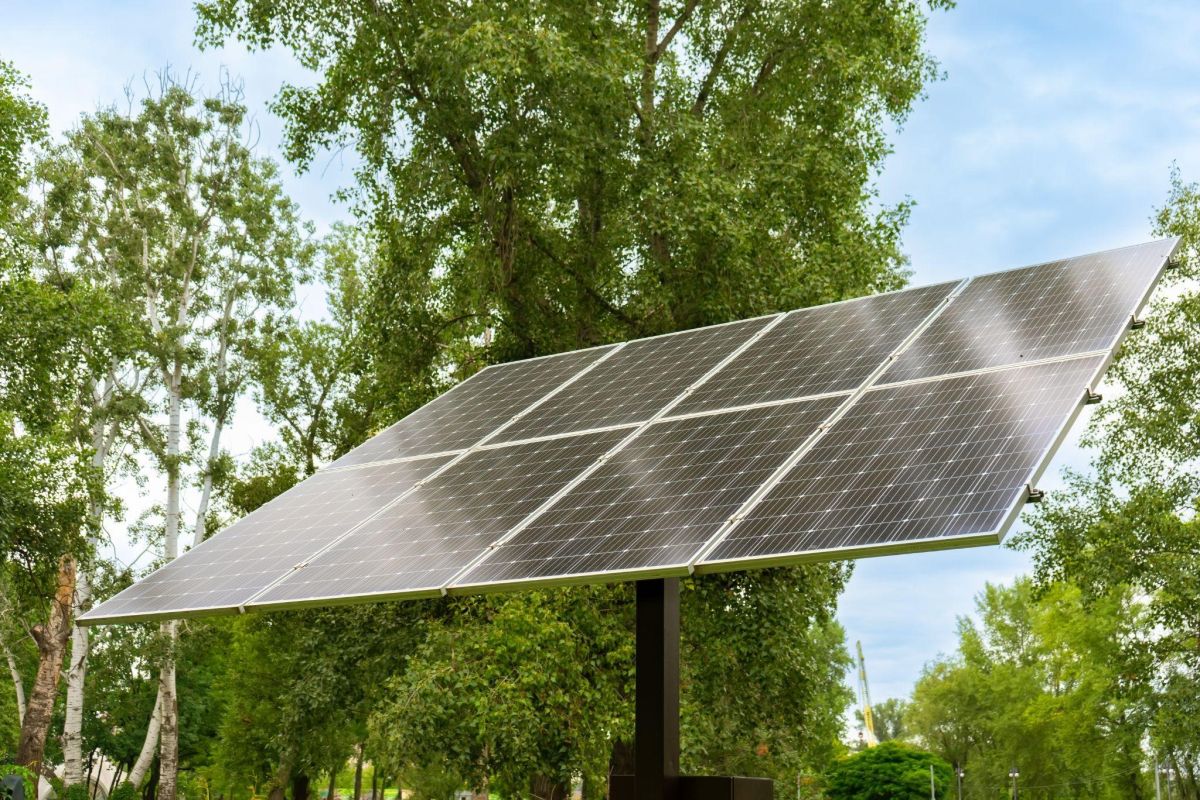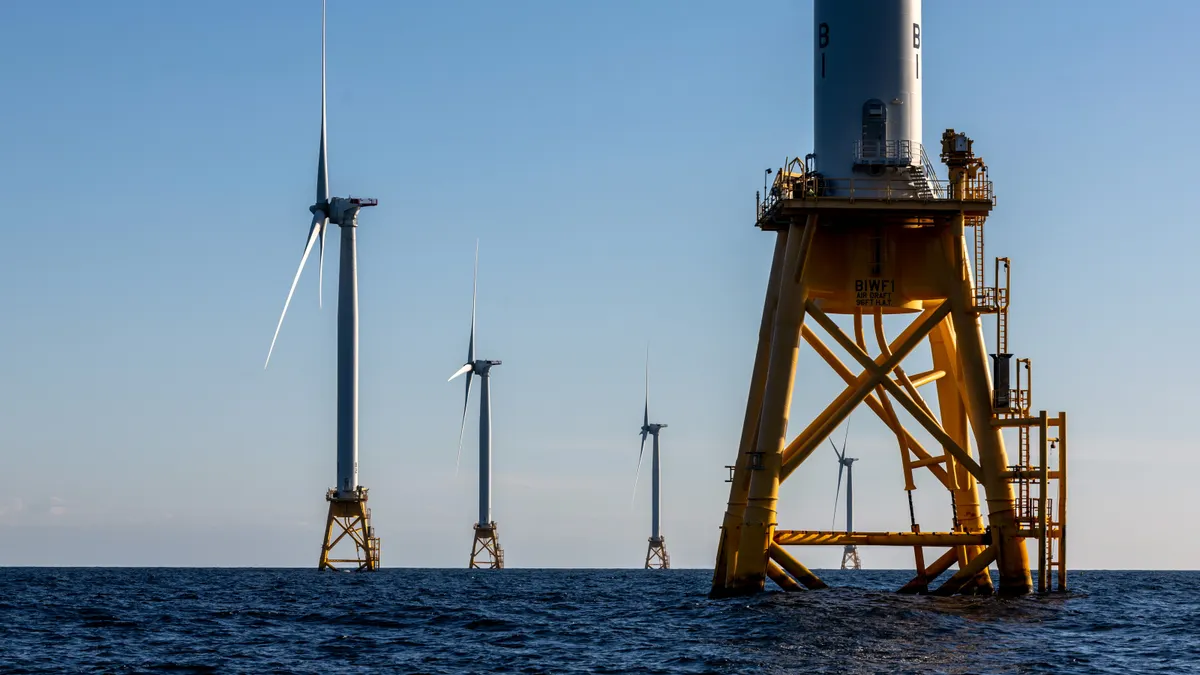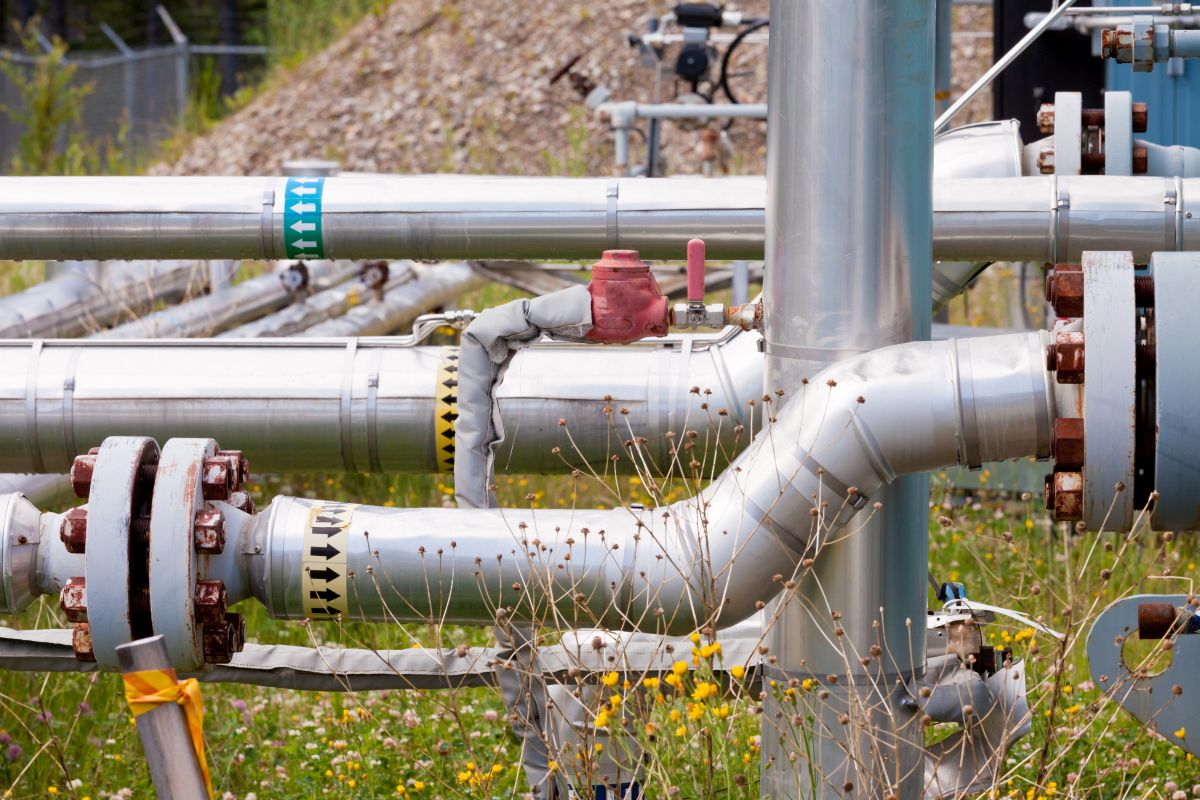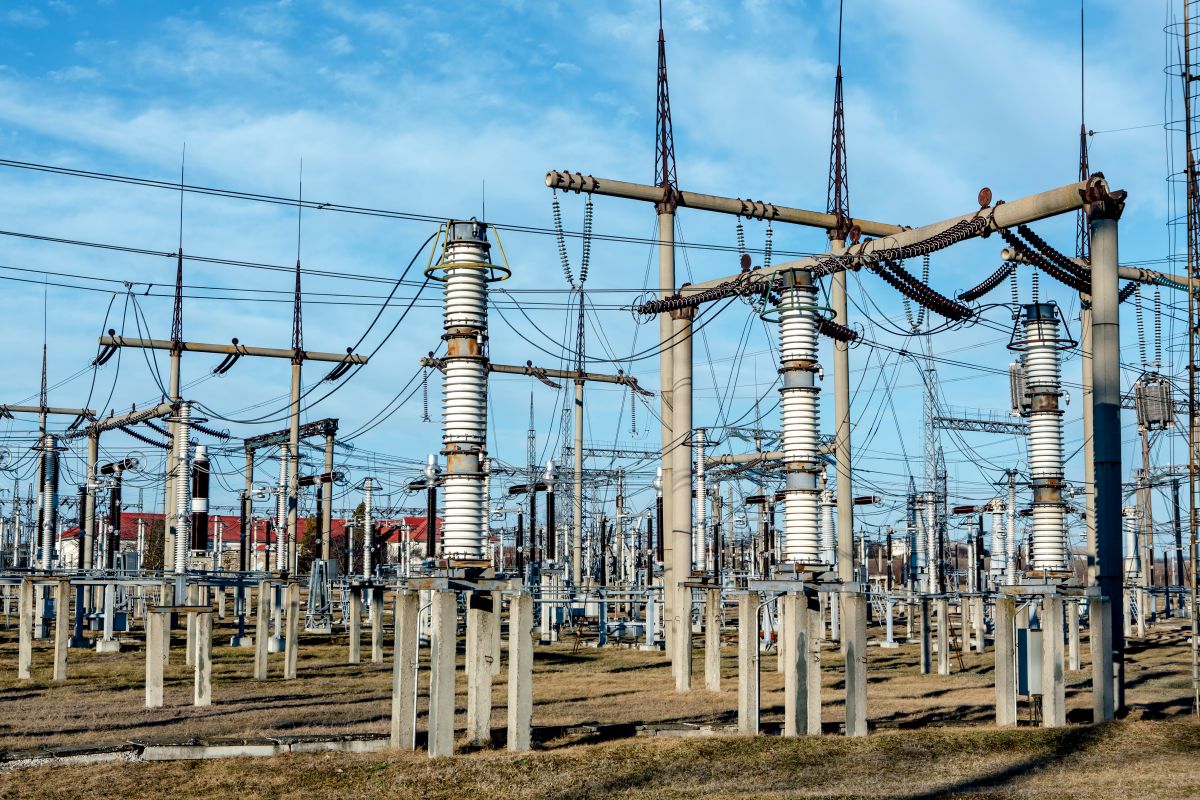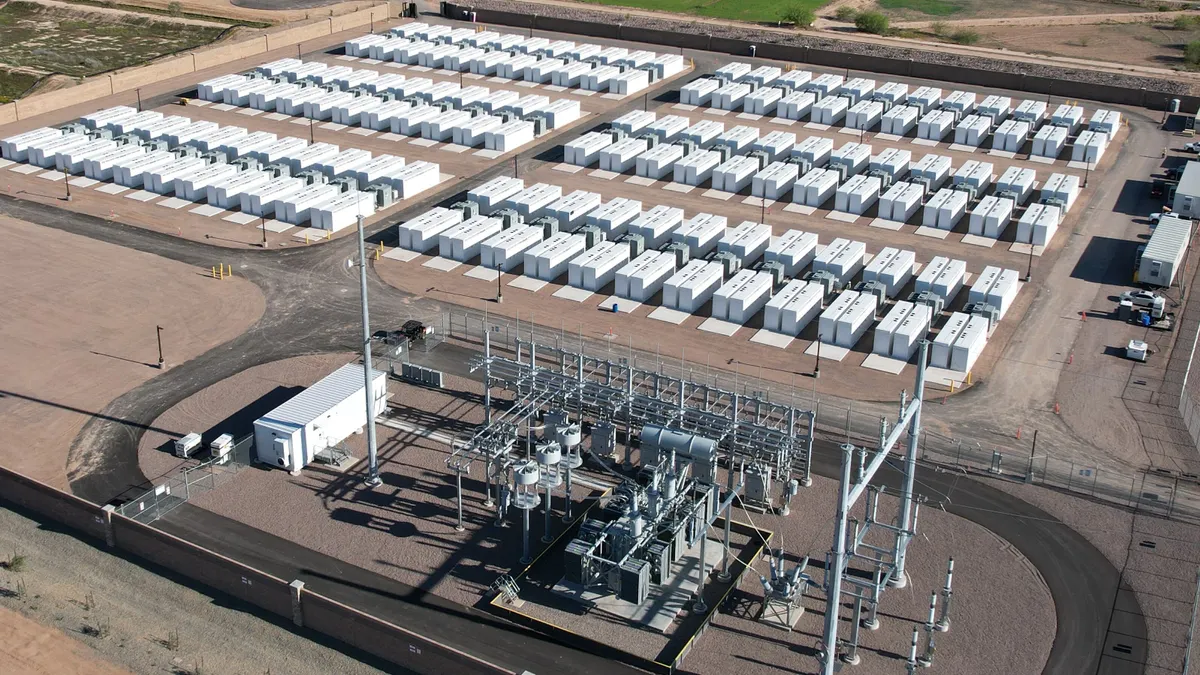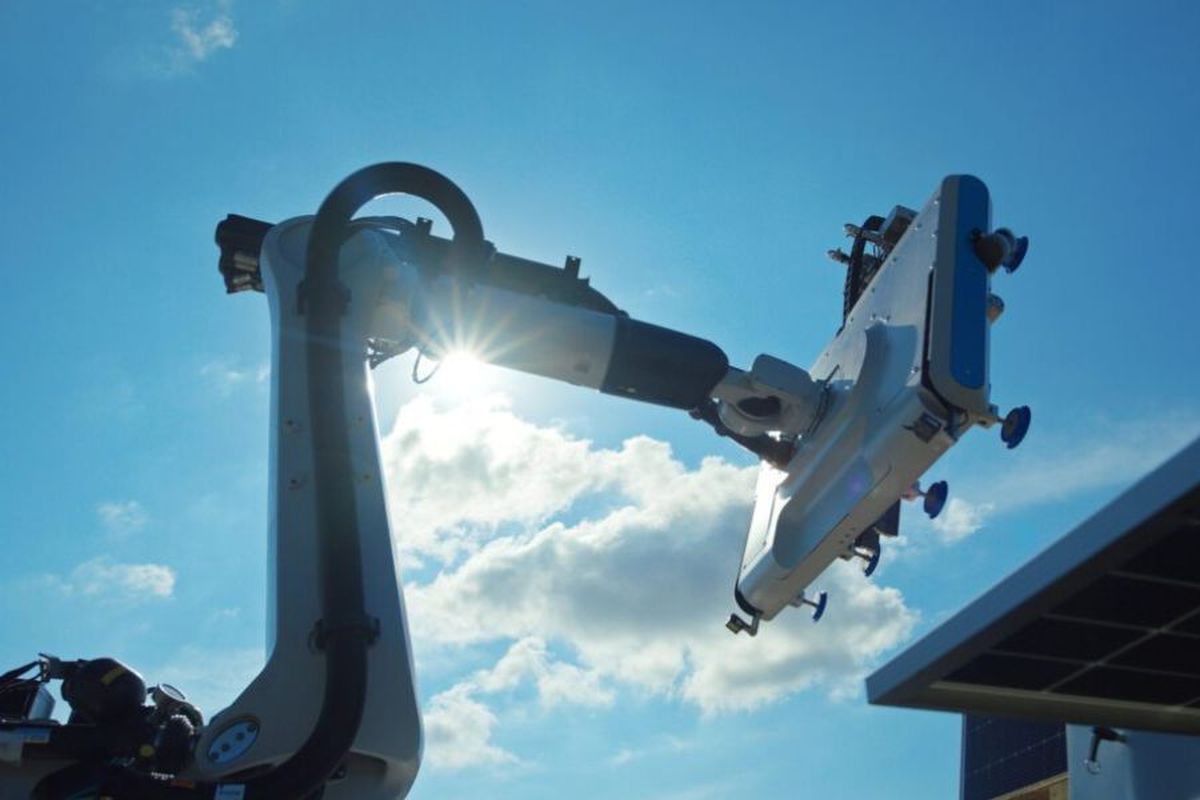WWW.RENEWABLEENERGYWORLD.COM
The Solar Energy Manufacturers for America (SEMA) Coalition has submitted comments urging the Biden administration to update the domestic content bonus established in the Inflation Reduction Act (IRA).
The domestic content bonus applies to facilities and projects built using the required amounts of domestically produced steel, iron, and manufactured products. To receive the bonus, all manufacturing processes for steel and iron components must occur in the United States. A statutorily required minimum percentage of the costs of the manufactured products and components of manufactured products that comprise a facility must be mined, produced, or manufactured in the United States.
SEMA argued that the U.S. Department of the Treasury’s proposed guidance on the IRA domestic content bonus credit still falls short of effectively and successfully implementing the credit, and urged Treasury to revise its proposed table of percentage values for manufactured product components (MPCs) by:
- Adding certain core MPCs notably omitted from the table (e.g. wafer);
- Removing non-strategic MPCs from the table;
- Standardizing the value for MPCs into a single column/table to create a generalized, predictable approach that can be easily implemented across all project types, and that can be relied upon for making significant investment decisions in manufacturing; and
- Ensuring costs are representative of U.S. manufacturing for capital and operating expenses to achieve the intended purpose of the statute.
“The Biden Administration and Congress made a commitment to reshore the entire solar supply chain with the Inflation Reduction Act, but that will not be possible without updating the domestic content bonus,” said Mike Carr, Executive Director of the Solar Energy Manufacturers for America (SEMA) Coalition. “Recognizing the fundamental purpose of the domestic content bonus is to drive demand for the output of U.S. clean energy manufacturing investments and reshoring efforts, Treasury must incentivize U.S. wafer production as part of implementing the domestic content bonus.”
“The current guidance subverts congressional intent by ignoring components such as polysilicon and wafer, most critical to the success of reshoring the solar supply chain and securing our nation’s energy security. To stop this and ensure a strong U.S. manufacturing supply chain, the Treasury must revise its guidance.”
In May, Treasury and Internal Revenue Service (IRS) released additional guidance on the IRA’s domestic content bonus.
Under the Production Tax Credit for clean energy (PTC), facilities that meet domestic content requirements receive a 10% bonus. Under the Investment Tax Credit for clean energy (ITC), projects that meet the domestic content requirement receive up to a 10-percentage point bonus. Projects are eligible for the full value of the bonus only if they meet the domestic content requirement and one of the following requirements: 1) the project has a maximum net output of less than 1 MW of energy; 2) construction of the project began before January 29, 2023; or 3) the project satisfies the Inflation Reduction Act’s prevailing wage and apprenticeship requirements.
The notice creates a new elective safe harbor that gives clean energy developers the option of relying on DOE-provided default cost percentages for a set of manufactured products and their components. This safe harbor is in lieu of obtaining direct cost information from suppliers. The guidance also amends last May’s Notice to add more safe harbor classifications, including the addition of hydropower technologies, as well as to provide clarity for rooftop solar.
Treasury and IRS plan to issue further domestic content guidance to address issues not in the scope of this guidance, including adding further sectors, including offshore wind, to the new elective safe harbor table and issuing proposed rules for projects using elective pay (sometimes referred to as direct pay). In particular, Treasury and IRS, with DOE and other agencies, continue to evaluate potential options to further the IRA’s goal of incentivizing U.S. solar manufacturing, including solar wafer production.



